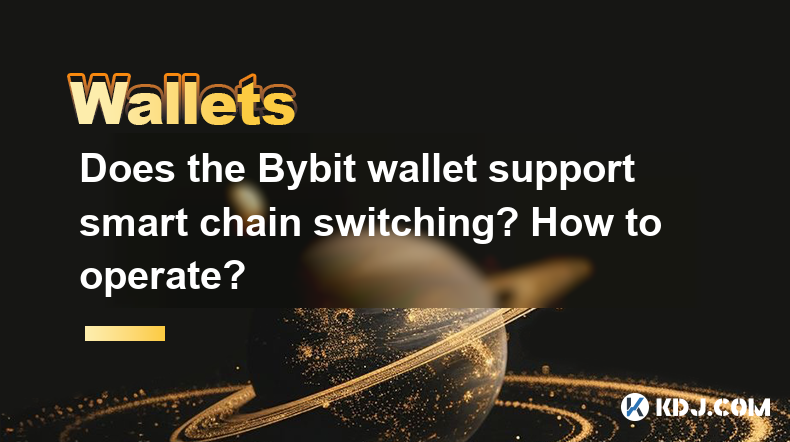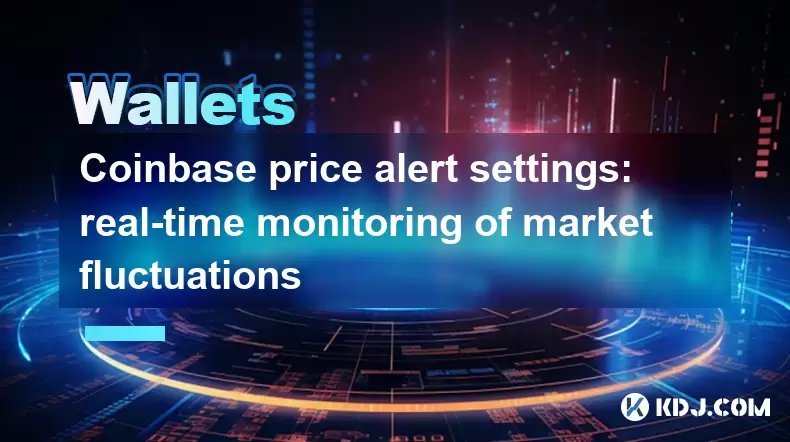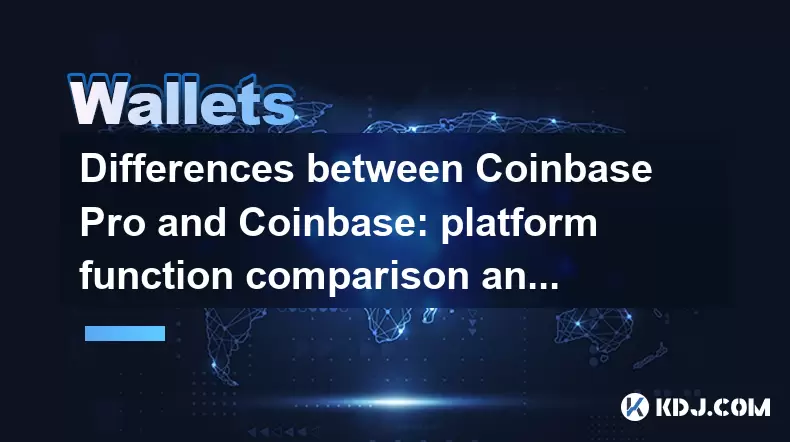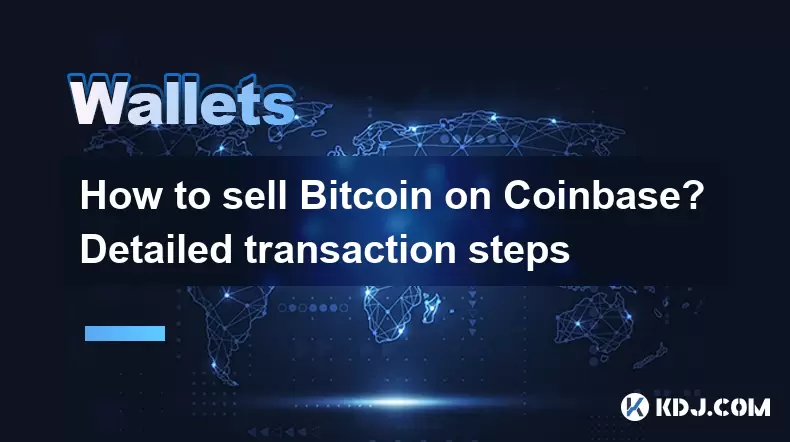-
 Bitcoin
Bitcoin $107,341.7259
0.15% -
 Ethereum
Ethereum $2,438.6204
0.70% -
 Tether USDt
Tether USDt $1.0003
-0.02% -
 XRP
XRP $2.1866
1.94% -
 BNB
BNB $649.0952
0.36% -
 Solana
Solana $150.9602
5.63% -
 USDC
USDC $0.9999
0.00% -
 TRON
TRON $0.2742
0.40% -
 Dogecoin
Dogecoin $0.1645
1.93% -
 Cardano
Cardano $0.5669
1.18% -
 Hyperliquid
Hyperliquid $37.8286
4.19% -
 Bitcoin Cash
Bitcoin Cash $491.4669
-2.74% -
 Sui
Sui $2.8150
3.06% -
 Chainlink
Chainlink $13.4184
2.91% -
 UNUS SED LEO
UNUS SED LEO $9.0809
0.27% -
 Avalanche
Avalanche $18.0295
2.60% -
 Stellar
Stellar $0.2396
1.19% -
 Toncoin
Toncoin $2.8587
0.13% -
 Shiba Inu
Shiba Inu $0.0...01160
2.59% -
 Litecoin
Litecoin $86.4192
1.45% -
 Hedera
Hedera $0.1486
1.19% -
 Monero
Monero $308.4324
0.87% -
 Polkadot
Polkadot $3.4202
1.43% -
 Bitget Token
Bitget Token $4.6436
-0.34% -
 Dai
Dai $0.9998
-0.02% -
 Ethena USDe
Ethena USDe $1.0002
0.00% -
 Uniswap
Uniswap $7.1527
3.29% -
 Pi
Pi $0.5357
-8.45% -
 Pepe
Pepe $0.0...09588
4.61% -
 Aave
Aave $259.9759
0.81%
Does the Bybit wallet support smart chain switching? How to operate?
Bybit Wallet doesn't support direct smart chain switching; users manage assets on each chain separately, prioritizing security over convenience.
Apr 02, 2025 at 01:07 am

Bybit, a prominent cryptocurrency exchange, offers a comprehensive platform encompassing trading, derivatives, and its own wallet. However, understanding its capabilities regarding smart chain switching is crucial for users. This article delves into the specifics of Bybit Wallet and its support for different smart chains, clarifying how to navigate this functionality.
Bybit Wallet and Smart Chain Compatibility
The Bybit Wallet doesn't directly support switching between different smart chains within a single wallet interface. Unlike some multi-chain wallets, Bybit's wallet structure is more aligned with managing assets on specific networks. This means you won't find a simple button to toggle between, for example, Binance Smart Chain (BSC) and Ethereum. Instead, you interact with each chain separately.
Understanding Bybit's Approach to Smart Chains
Bybit primarily focuses on providing secure storage and management of cryptocurrencies. While it supports various networks, the interaction with each network happens independently. This approach prioritizes security and prevents potential conflicts that could arise from integrating multiple chains within a single wallet instance. The wallet essentially acts as a secure container for your assets on each supported network.
Managing Assets on Different Chains with Bybit
To manage assets on different smart chains using Bybit, you'll need to perform separate actions for each chain. This usually involves:
Identifying the specific chain: First, you need to determine which blockchain your cryptocurrency resides on (e.g., Ethereum, BSC, Tron). This information is usually readily available on the token's website or your exchange history.
Accessing the relevant wallet address: Bybit provides separate deposit and withdrawal addresses for different networks. Ensure you're using the correct address for the target chain to avoid irreversible loss of funds. Incorrectly sending assets to the wrong network address will result in the loss of those assets.
Initiating transactions: The process of sending or receiving cryptocurrency will vary slightly depending on the specific chain. However, the fundamental steps remain consistent: confirming the address, specifying the amount, and approving the transaction. Always double-check the transaction details before confirmation.
Network fees: Remember that network fees (gas fees on Ethereum, for example) will apply. These fees can vary significantly depending on network congestion. Be prepared for these costs before initiating a transaction.
The Absence of a "Switching" Feature
It's crucial to understand that Bybit's wallet does not offer a direct "switch" function between different smart chains. Each chain is managed independently. This approach, while lacking the convenience of a single-interface multi-chain wallet, prioritizes the security and integrity of user funds. The separation minimizes the risk of errors associated with managing multiple chains within a single environment.
Security Considerations with Multi-Chain Wallets
While multi-chain wallets offer convenience, they also introduce potential security risks. A compromise on one chain could potentially affect other chains within the same wallet. Bybit's approach prioritizes security by isolating each chain, mitigating the risk of a single point of failure.
Alternatives for Multi-Chain Management
If you require seamless switching between multiple smart chains, consider using dedicated multi-chain wallets such as MetaMask, Trust Wallet, or Ledger Live. These wallets offer a more integrated experience, but they come with their own set of security considerations. Research thoroughly before choosing a multi-chain wallet. Remember to always prioritize security and only use reputable wallets from trusted sources.
Understanding Transaction Fees
Transaction fees, or gas fees, are a crucial aspect of interacting with blockchain networks. These fees are paid to miners or validators to process and confirm transactions. The fees vary depending on network congestion and the complexity of the transaction. Higher network activity typically results in higher transaction fees. Always check the estimated fee before confirming a transaction to avoid unexpected costs. Bybit will display the estimated network fees before you confirm a transaction.
Common Questions and Answers
Q: Can I transfer tokens from one smart chain to another directly within the Bybit wallet?
A: No. Bybit's wallet doesn't support direct transfers between different smart chains. You need to withdraw your tokens from one chain and then deposit them onto the desired chain using the correct network addresses.
Q: What happens if I send tokens to the wrong network address on Bybit?
A: Sending tokens to the wrong network address is irreversible. Your funds will be lost. Always double-check the address before confirming any transaction.
Q: Does Bybit support all smart chains?
A: Bybit supports a range of popular smart chains, but not all. Check Bybit's official documentation for the most up-to-date list of supported networks.
Q: Are there any fees associated with switching between chains (indirectly) on Bybit?
A: There are no fees associated with switching between chains within Bybit itself. However, you will incur network fees (gas fees) when withdrawing and depositing tokens on different blockchains. These fees are paid to the respective network and are not controlled by Bybit.
Q: How can I find the correct deposit address for a specific smart chain on Bybit?
A: The correct deposit address is usually found within the deposit section of your Bybit wallet, selecting the specific cryptocurrency and the desired network. Bybit clearly labels the network for each address.
Q: What should I do if I encounter issues transferring assets between chains?
A: If you encounter problems, consult Bybit's support documentation or contact their customer support team for assistance. Provide them with relevant transaction details to help them diagnose the issue.
Disclaimer:info@kdj.com
The information provided is not trading advice. kdj.com does not assume any responsibility for any investments made based on the information provided in this article. Cryptocurrencies are highly volatile and it is highly recommended that you invest with caution after thorough research!
If you believe that the content used on this website infringes your copyright, please contact us immediately (info@kdj.com) and we will delete it promptly.
- Kitten Craze Online: Hunting for the Purr-fect Coin Purse
- 2025-06-29 10:30:12
- Pudgy Penguins Soar to 3-Month High Amidst PENGU ETF Buzz!
- 2025-06-29 10:30:12
- AI Agents, Token Role, and Capitalization: Navigating the Web3 Frontier
- 2025-06-29 10:50:11
- Avalanche Price Forecast: Grayscale Boost Signals Potential Rally to $50?
- 2025-06-29 10:50:11
- Khazan's Getting a Facelift: Balance Changes and Freebies Galore!
- 2025-06-29 11:10:12
- Wall Street's Crypto Rival Battle: Saylor vs. Chanos and the Meme Coin Mania
- 2025-06-29 11:10:12
Related knowledge

Coinbase price alert settings: real-time monitoring of market fluctuations
Jun 29,2025 at 07:00am
Setting Up Coinbase Price AlertsTo begin real-time monitoring of market fluctuations on Coinbase, users can utilize the built-in price alert feature. This function allows you to receive notifications when a cryptocurrency reaches a specific price point. To access this setting, open the Coinbase app or log in via the web platform. Navigate to the 'Prices...

How to stake cryptocurrencies on Coinbase? Benefits and risks
Jun 27,2025 at 06:36pm
Understanding Cryptocurrency Staking on CoinbaseStaking cryptocurrencies involves locking up digital assets to support the operations of a blockchain network, typically in return for rewards. Coinbase, one of the most popular cryptocurrency exchanges globally, offers staking services for several proof-of-stake (PoS) coins. Users can stake their holdings...

Differences between Coinbase Pro and Coinbase: platform function comparison and analysis
Jun 29,2025 at 08:21am
Overview of Coinbase and Coinbase ProWhen exploring the cryptocurrency trading landscape, users often encounter two platforms under the same parent company: Coinbase and Coinbase Pro. While both are operated by the same organization, they cater to different types of users and offer varying features. Coinbase is primarily designed for beginners and casua...

How to contact Coinbase customer service? Support channels and response times
Jun 28,2025 at 01:29pm
Contacting Coinbase Customer Service: Support Channels and Response TimesIf you're a user of Coinbase, reaching their customer service team may become necessary for various reasons, such as account verification issues, transaction disputes, or technical difficulties. Understanding the different support channels available and what to expect in terms of r...

Coinbase advanced trading function usage tutorial: limit orders and market orders
Jun 28,2025 at 09:07pm
Understanding the Difference Between Limit Orders and Market OrdersWhen using Coinbase's advanced trading features, it is crucial to understand the fundamental difference between limit orders and market orders. A market order executes immediately at the best available price on the market. This type of order ensures that your trade goes through quickly, ...

How to sell Bitcoin on Coinbase? Detailed transaction steps
Jun 29,2025 at 04:22am
Setting Up Your Coinbase Account for TransactionsBefore you can sell Bitcoin on Coinbase, you must ensure your account is fully set up and verified. Coinbase requires identity verification to comply with regulatory standards. This process involves uploading a government-issued ID, confirming your address, and sometimes submitting a selfie holding the ID...

Coinbase price alert settings: real-time monitoring of market fluctuations
Jun 29,2025 at 07:00am
Setting Up Coinbase Price AlertsTo begin real-time monitoring of market fluctuations on Coinbase, users can utilize the built-in price alert feature. This function allows you to receive notifications when a cryptocurrency reaches a specific price point. To access this setting, open the Coinbase app or log in via the web platform. Navigate to the 'Prices...

How to stake cryptocurrencies on Coinbase? Benefits and risks
Jun 27,2025 at 06:36pm
Understanding Cryptocurrency Staking on CoinbaseStaking cryptocurrencies involves locking up digital assets to support the operations of a blockchain network, typically in return for rewards. Coinbase, one of the most popular cryptocurrency exchanges globally, offers staking services for several proof-of-stake (PoS) coins. Users can stake their holdings...

Differences between Coinbase Pro and Coinbase: platform function comparison and analysis
Jun 29,2025 at 08:21am
Overview of Coinbase and Coinbase ProWhen exploring the cryptocurrency trading landscape, users often encounter two platforms under the same parent company: Coinbase and Coinbase Pro. While both are operated by the same organization, they cater to different types of users and offer varying features. Coinbase is primarily designed for beginners and casua...

How to contact Coinbase customer service? Support channels and response times
Jun 28,2025 at 01:29pm
Contacting Coinbase Customer Service: Support Channels and Response TimesIf you're a user of Coinbase, reaching their customer service team may become necessary for various reasons, such as account verification issues, transaction disputes, or technical difficulties. Understanding the different support channels available and what to expect in terms of r...

Coinbase advanced trading function usage tutorial: limit orders and market orders
Jun 28,2025 at 09:07pm
Understanding the Difference Between Limit Orders and Market OrdersWhen using Coinbase's advanced trading features, it is crucial to understand the fundamental difference between limit orders and market orders. A market order executes immediately at the best available price on the market. This type of order ensures that your trade goes through quickly, ...

How to sell Bitcoin on Coinbase? Detailed transaction steps
Jun 29,2025 at 04:22am
Setting Up Your Coinbase Account for TransactionsBefore you can sell Bitcoin on Coinbase, you must ensure your account is fully set up and verified. Coinbase requires identity verification to comply with regulatory standards. This process involves uploading a government-issued ID, confirming your address, and sometimes submitting a selfie holding the ID...
See all articles

























































































